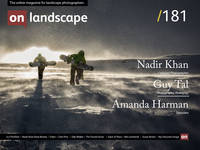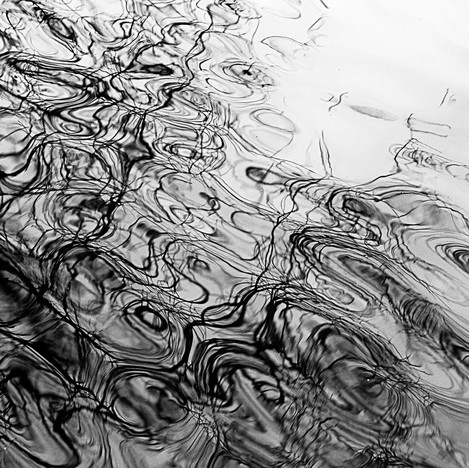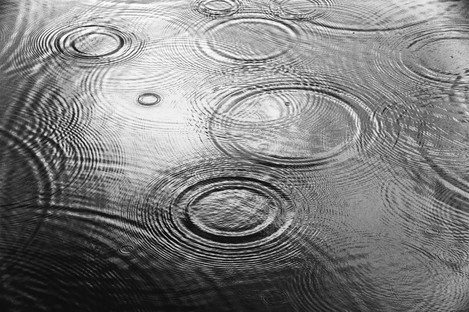Why we like to photograph natural forms and patterns

Gilly Walker
I live in Newark, Nottinghamshire, and love to write, photograph, and practice qigong, and I’m at my happiest doing these things in wild spaces. The intersections between photography and other subjects - especially psychology, philosophy, and art - are something I enjoy exploring. My own photography has suffered a bit of a hiatus in recent years, but I’ve been inspired recently to adopt a more art-based approach, experimenting with ICM, multiple exposure, and other techniques, and can feel new possibilities begin to open up.
If asked to list the reasons why we love landscape photography, there are many possible answers – beauty, fresh air, an excuse to visit wonderful places, and so on. But there’s one reason you may not have thought of – indeed, may not even know about – and that is that we are biologically drawn towards fractal patterns in nature.
A fractal is a complex pattern that repeats itself indefinitely over different scales – one example would be the branches on a tree, where the basic branching pattern is repeated on a smaller and smaller scale towards the top of the tree. The repetition isn’t necessarily exact. Fractals can be created in two ways: the first is mathematically generated and the repeating pattern is identical, albeit on different scales. But what concerns us here are the latter - the natural fractals found in the landscape which tend to be more random and differ in detail while still holding this mathematical relationship.



